Name Mary Reibey | ||
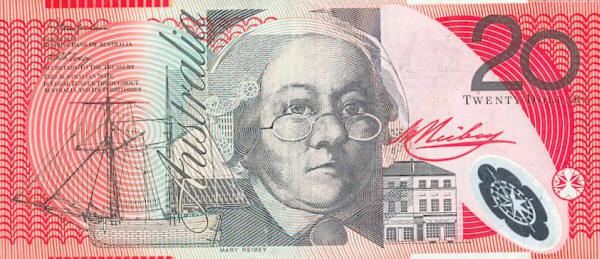 | ||
Died May 30, 1855, Newtown, Australia Children James Reibey, Elizabeth Reibey, Cecilia Reibey Similar John Flynn (minister), Mary Gilmore, Edith Cowan | ||
Shaping a nation mary reibey
Mary Reibey née Haydock (12 May 1777 – 30 May 1855) was an Australian merchant, shipowner and trader. Originally a convict deported to Australia, she was viewed by her contemporaries as a role model of success and became legendary as a successful businesswoman in the colony.
Contents

Early life
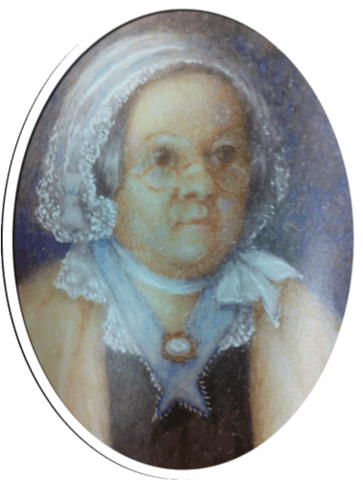
Reibey, baptised Molly Haydock, was born on 12 May 1777 in Bury, Lancashire, England. She was a businesswoman and trader. Following the death of her parents, she was reared by a grandmother and sent into service. She ran away, and was arrested for stealing a horse in August 1791. At the time, she was disguised as a boy and was going under the name of James Burrow. Sentenced to seven years' transportation, she arrived in Sydney, Australia, on the Royal Admiral in October 1792.
Life and career in Australia
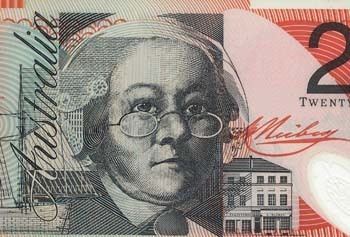
On 7 September 1794, 17-year-old Mary married Thomas Reibey, after he had proposed to her several times; she finally agreed to marry the junior officer on the store ship Britannia. Reibey also used the surnames Raiby, Reiby and Reibey interchangeably, but the family adopted the spelling Reibey in later years. Thomas Reibey was granted land on the Hawkesbury River, where he and Mary lived and farmed following their marriage. They built a farmhouse called Reibycroft, which is now listed on the Register of the National Estate.
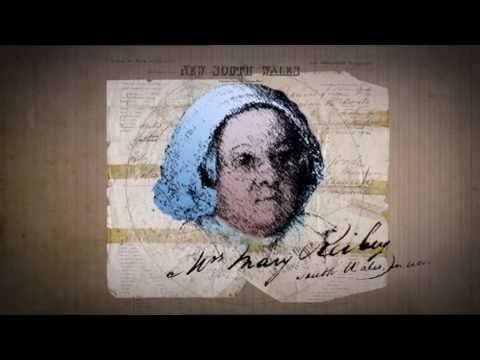
Thomas Reibey (1769-1811) commenced a cargo business along the Hawkesbury River to Sydney, and later moved to Sydney. Thomas Reibey's business undertakings prospered, enabling him in 1804 to build a substantial stone residence on a further grant of land near Macquarie Place. He acquired several farms on the Hawkesbury River, and traded in coal, cedar, furs and skins. He entered into a partnership with Edward Wills, and trading activities were extended to Bass Strait, the Pacific Islands and, from 1809, to China and India.
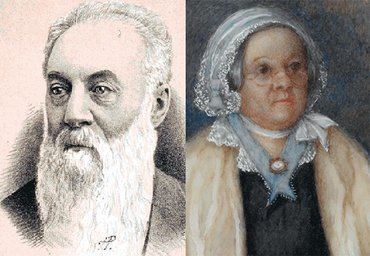
When Thomas Reibey died on 5 April 1811, Mary assumed sole responsibility for the care of seven children and the control of numerous business enterprises. She was no stranger to this task, having managed her husband's affairs during his frequent absences from Sydney. Now a woman of considerable wealth by her husband's businesses, Reibey continued to expand her business interests. In 1812 she opened a new warehouse in George Street and in 1817 extended her shipping operations with the purchase of further vessels. In the same year, the Bank of New South Wales was founded in her house in Macquarie Place.
By 1828, when she gradually retired from active involvement in commerce, she had acquired extensive property holdings in the city. Like many others, however, she was on occasions somewhat economical with the truth. In March 1820 she had returned to England with her daughters to visit her native village, and came back to Sydney the next year. So in the 1828 census, when asked to describe her condition, she declared that she "came free in 1821".
In the emancipist society of New South Wales, she gained respect for her charitable works and her interest in the church and education. She was appointed one of the Governors of the Free Grammar School in 1825.
Reibey built a cottage in the suburb of Hunters Hill, New South Wales circa 1836, where she lived for some time. The cottage, situated on the shores of the Lane Cove River, was later acquired by the Joubert brothers, who enlarged it. It is now known as Fig Tree House and is listed on the Register of the National Estate.
On her retirement, she built a house at Newtown, Sydney, where she lived until her death on 30 May 1855 from pneumonia. Five of her seven children had predeceased her.
An enterprising and determined person of strong personality, during her lifetime Reibey earned a reputation as an astute and successful business woman in the colony of New South Wales. She is featured on the obverse of Australian twenty-dollar notes printed since 1994.
Novels
At least two novels have been written based on her life. The novel Sara Dane by Catherine Gaskin, which has sold over 2 million copies, is only loosely factually accurate. It was made into a television mini-series in 1982. More accurate is the novel Mary Reibey by Kathleen Pullen.
